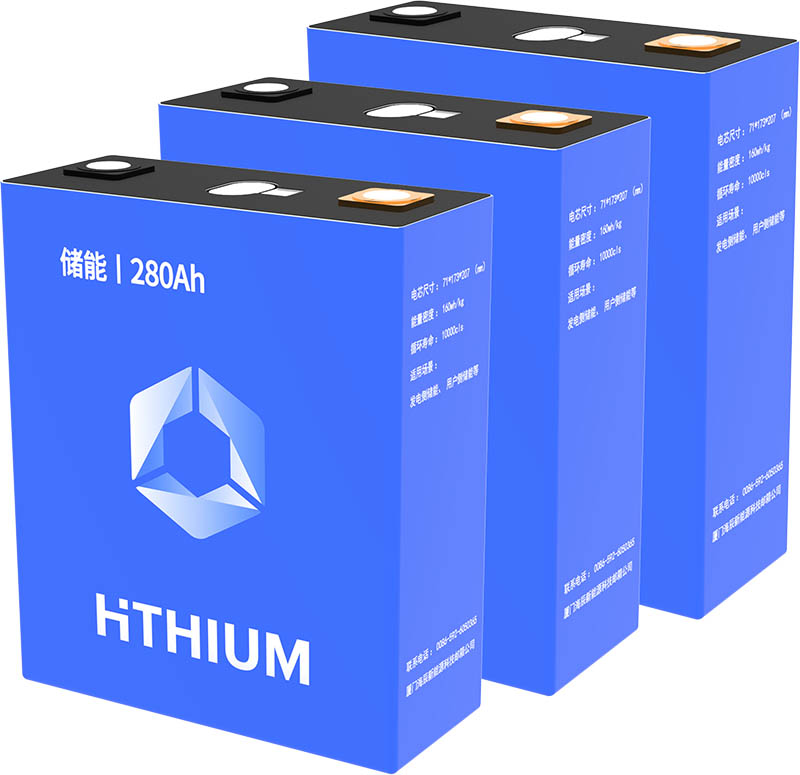Nowadays, the industry trend of energy storage systems has a clear trend, one is the high voltage of the battery packs, and the other is the large capacity of the battery cells. Among them, large-capacity battery cells can greatly improve the energy density of energy storage systems, which is one of the important trends in system development and selection, and the most prominent one is the 280Ah LFP battery cell.
So, what are the advantages of 280Ah LFP battery cells in energy storage systems?

Of course, in addition to the advantages, there are also some disadvantages.
In terms of production process, 280Ah battery cells mainly have two processes: electrode stacking and electrode winding.
The advantages of the electrode winding process lie in a high degree of automation and high production efficiency. The 280Ah cell produced by the electrode winding process has poor consistency, and the mechanical stress of the cell and the increase in thickness have problems such as C angle. The consistency test of 280Ah LFP battery cells can be done with a prismatic cell sorting machine.
The battery produced by the electrode stacking process has better product consistency and higher cycle life due to the larger electrode contact surface and no mechanical stress and C angle. The disadvantages of the battery stacking process mainly include electrode burr removal and low efficiency, and the yield rate is not as good as that of the winding process.
Partial List of 280Ah LFP Battery Cell Manufacturers
|
NO. |
Manufacturers |
|
1 |
CATL |
|
2 |
EVE |
|
3 |
REPT |
|
4 |
Hithium |
|
5 |
LISHEN |
|
6 |
GOTION HIGH-TECH |
|
7 |
GREAT POWER |
|
8 |
CALB |
|
9 |
NARADA POWER |
|
10 |
CORNEX |
|
11 |
HIGEE |
WinAck Group can provide ESS battery system manufacturing solutions such as battery module assembly line and battery test equipment. Come by, contact us for a solution that can help you succeed. For better batteries, Win & Ack!